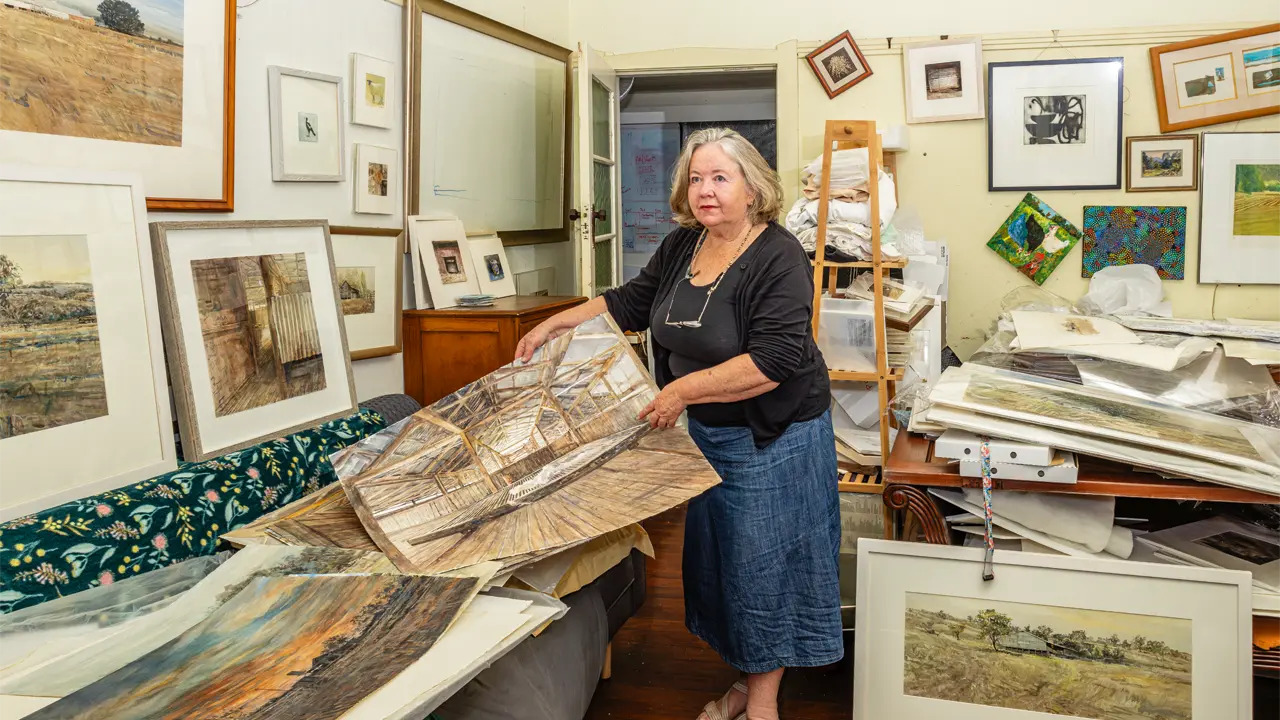Around Australia, the worst drought in recorded history continues to exact a devastating toll. But while soils are parched, innovation and enthusiasm thrive.
Story By Amanda Burdon
Her Majesty Queen Elizabeth II regretfully declined an invitation from Diana Parsons to officially open the Hear the Bush Beat Festival in Condobolin, NSW, this September. “She sent her apologies, in a very personal letter, saying that she recognised how bad the drought was and wished us a great weekend,” Diana says. Undeterred, the festival organiser has a few more cards up her sleeve. She’s issued formal invitations and is confident of attracting some big names from the fields of politics, sport, business and entertainment.
However, the people Diana most hopes will attend the two-day family event rarely occupy the spotlight. “This is not a fundraiser; it’s a free celebration of life in the bush for all farming families struggling with drought,” she says. “We hope it will remind them of the vitality and viability of rural areas and allow them to escape the reality for a little while and enjoy some old-fashioned fun.”
What started as a modest affair featuring novelty events such as tug-of-war competitions, three-legged races and a market day is fast developing into something much more. Statewide, school students are documenting their drought experiences for a Department of Education journal and quilters are compiling squares for a communal quilt, both to be launched that September weekend. There are plans for Australian Wool Innovation fashion parades and shearing demonstrations, CSIRO and Department of Defence exhibits, plus a host of workshops and activities from tai chi to vintage machinery displays.
It’s a monumental undertaking when you consider Diana’s other commitments. As well as helping husband Andrew on their 800-hectare property south-west of Forbes, in central western New South Wales, she juggles three part-time jobs with the care of their four children and household. Like many families across the vast Murray-Darling Basin, the Parsons have endured almost eight years of drought. Limited and now zero water allocations have rendered their place dryland, making a mockery of harvests that historically yielded six to eight tonnes of wheat per hectare.
“People in our region are really hurting,” Diana says. “It’s the fatigue and anxiety; it’s in the back of your mind all the time. Dry conditions and staff losses have meant that we’ve lost about 20 students and one teacher from our school. The labour shortfall is being partially offset by the wives and families doing more of the farm work, and the husbands working extra hours. On top of that, people are also seeking off-farm work to make ends meet, placing pressure on families and relationships. It’s just tough. You have to really justify your travel because of the cost of fuel and the kids’ activities have reduced. The whole family suffers. Employment is down, people move on and there is no cashflow. Sadly, businesses are suffering and services are under threat; towns are shrinking and some are dying.”
This story excerpt is from Issue #65
Outback Magazine: June/July 2009









